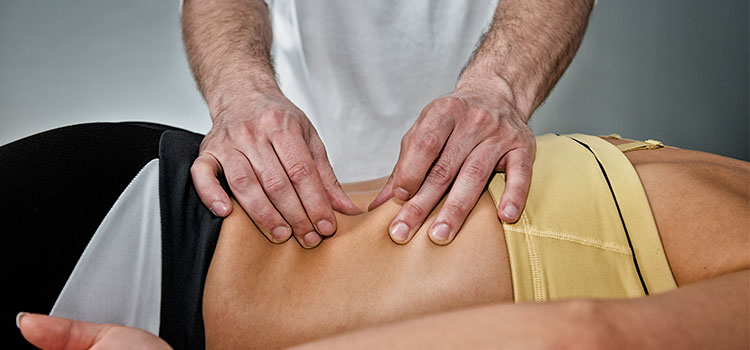Myofascial Release Understanding Its Technique And Benefits

Myofascial release is a type of manual therapy used for the treatment of tightened muscles, skin, or fascia that could result from overusing the muscles, repeated muscle tension, injuries, poor posture, and even from mental stress.
To cope with tightened fascia, the physical therapist often uses myofascial release therapy that helps in relieving pain, improving mobility, and enhancing overall physical function. This article will discuss the different types of techniques used in myofascial release and their benefits on the physical and mental health of a person.
Techniques Used in Myofascial Release
- Soft Tissue Mobilization: This technique involves the use of hands or various tools to apply gentle pressure to specific areas of the body. This gentle pressure will release tension and improve mobility.
- Stretching: Stretching is an important part of myofascial release, as it helps to lengthen tight fascia and improve range of motion.
- Trigger Point Release: This technique involves applying pressure to specific points on the fascia that are causing pain or discomfort. By releasing these points, tension is relieved and mobility is improved.
- Self-Myofascial Release: As indicated by the name, the self-myofascial release technique is used to self-treat oneself using various tools such as tennis balls, foam rollers, etc. For this, you have to lie on a foam roller or any other self-myofascial release tool, and using your body weight, apply pressure to specific, tightened areas on the skin.
Benefits of Myofascial Release
- Improved Mobility: The fascia is responsible for providing support to the muscles and joints, and when it becomes tight or restricted, it can limit mobility. Myofascial release helps to loosen the fascia and restore the range of motion.
- Pain Relief: Myofascial release can help relieve chronic pain, headaches, and tension in the neck and back. This type of therapy targets the source of pain, rather than simply masking the symptoms.
- Better Posture: Tight fascia can also cause poor posture that could lead to a number of other problems such as back pain, headaches, and muscular tension in the neck and shoulders. Myofascial release can help correct posture by loosening tight fascia and improving the alignment of the body.
- Enhanced Athletic Performance: Myofascial release can help improve athletic performance by increasing flexibility and reducing the risk of injury. By releasing tight fascia, athletes can move more freely and perform at a higher level.
- Relieve Mental Stress: Besides improvements in physical health, the myofascial release also helps in relieving mental stress and improves mood.
CONCLUSION
A myofascial release is a valuable form of manual therapy that can help relieve pain, improve mobility, and enhance overall physical and mental health. Whether you are an athlete looking to improve performance or someone who simply wants to get rid of pain, myofascial release is the answer. To extract maximum benefits from myofascial release therapy, it is important to work wi with a trained professional who can design a specific treatment plan according to your needs.
References:
CHEN, Z., WU, J., WANG, X. & REN, Z. (2021). The effects of myofascial release technique for patients with low back pain: A systematic review and meta-analysis. Complementary therapies in medicine, 59, 102737.
KURUMA, H., TAKEI, H., NITTA, O., FURUKAWA, Y., SHIDA, N., KAMIO, H., & YANAGISAWA, K. (2013). Effects of
myofascial release and stretching technique on range of motion and reaction time. Journal of Physical Therapy
Science, 25(2), 169-171.
BEHM, D. G., & WILKE, J. (2019). Do self-myofascial release devices release myofascia? Rolling mechanisms: A
narrative review. Sports Medicine, 49(8), 1173-1181.
